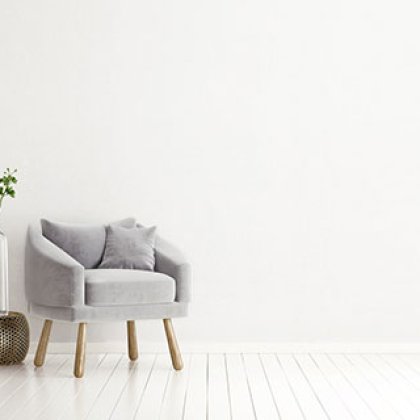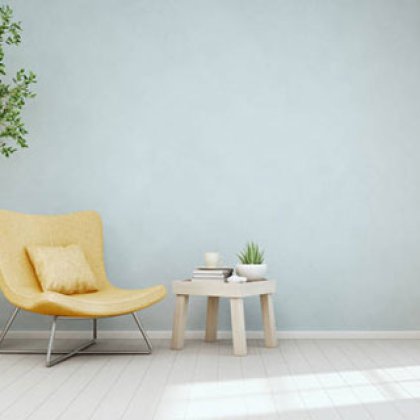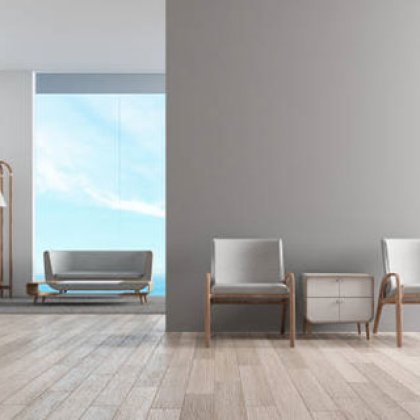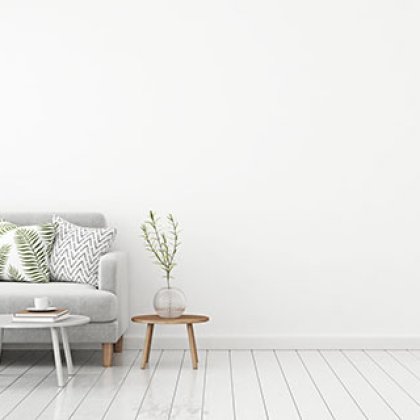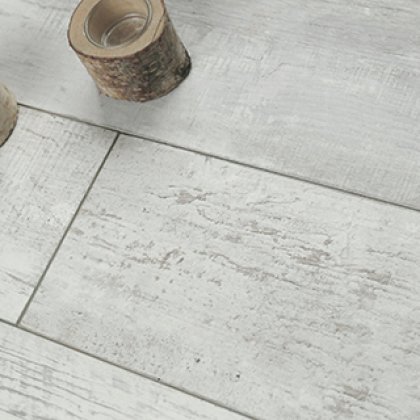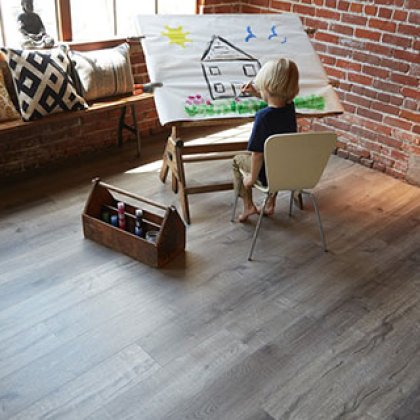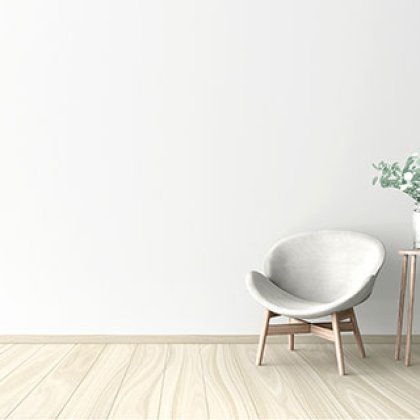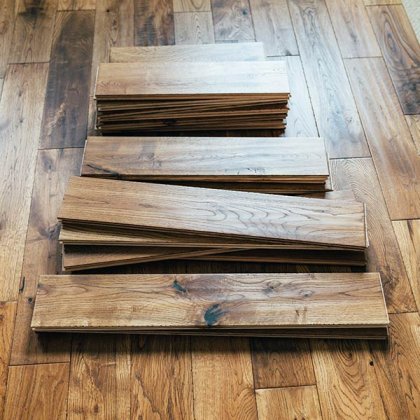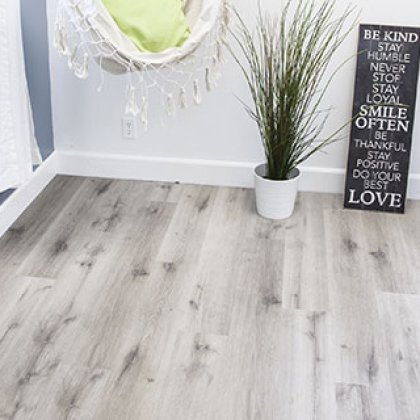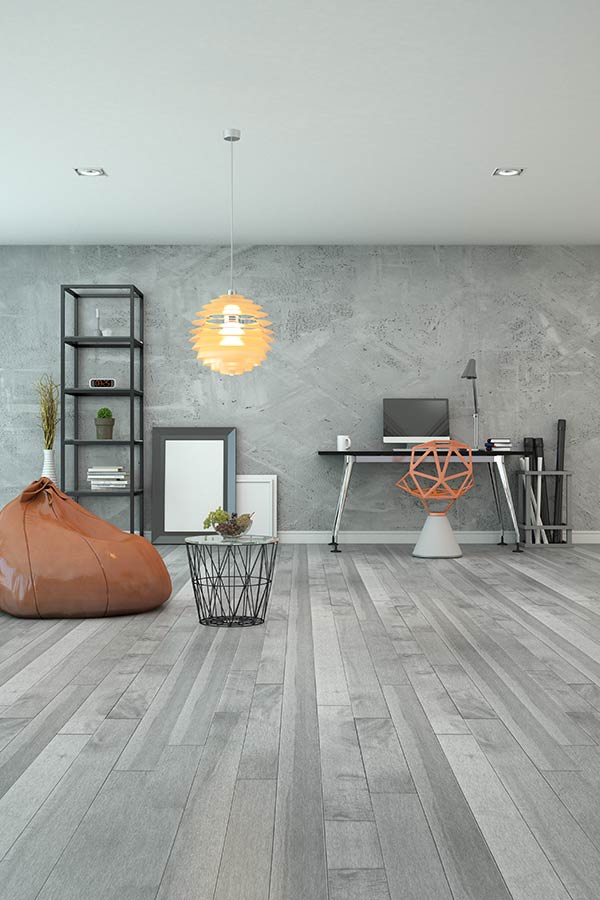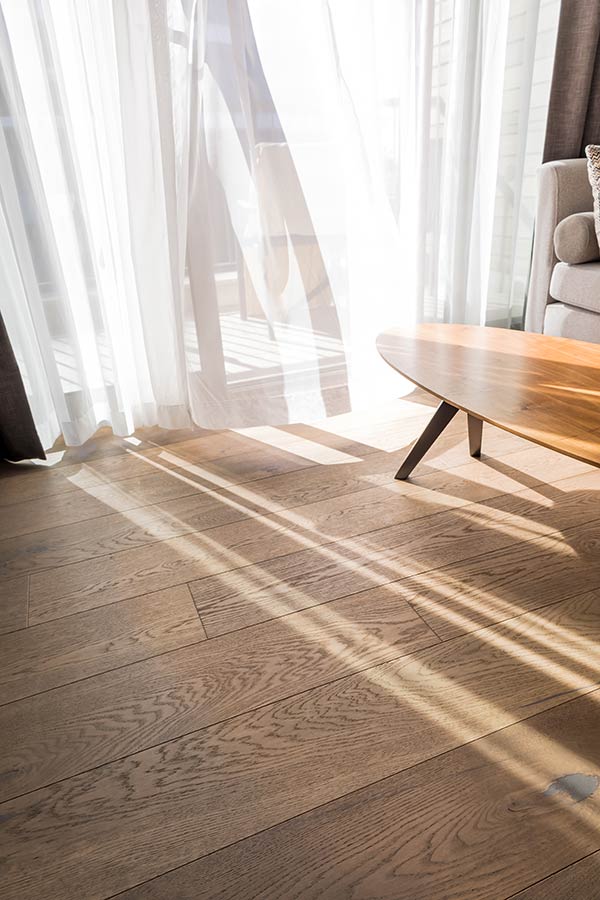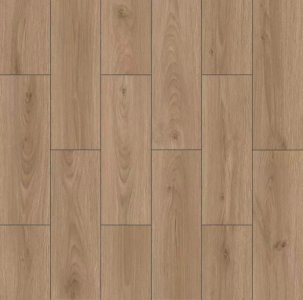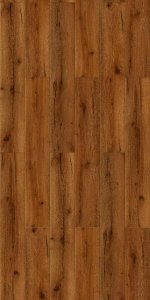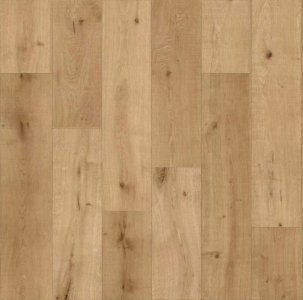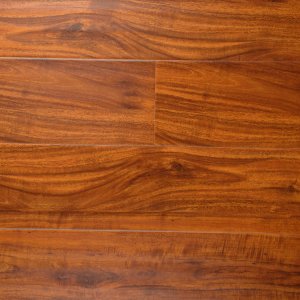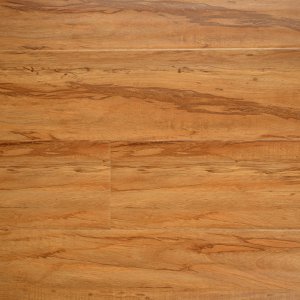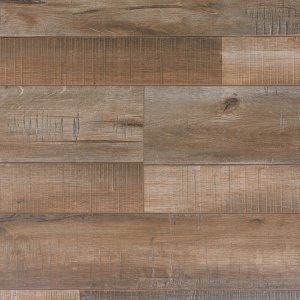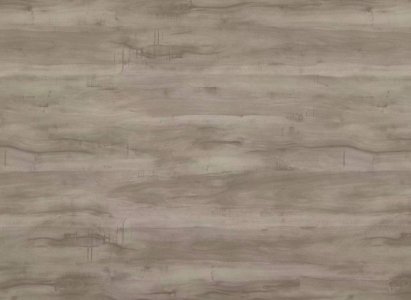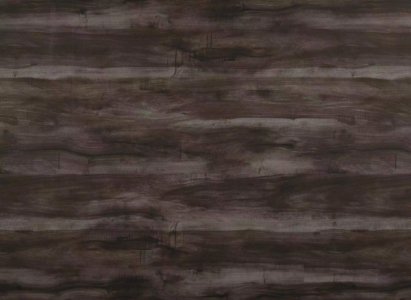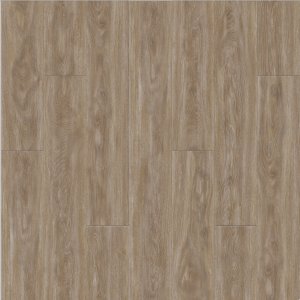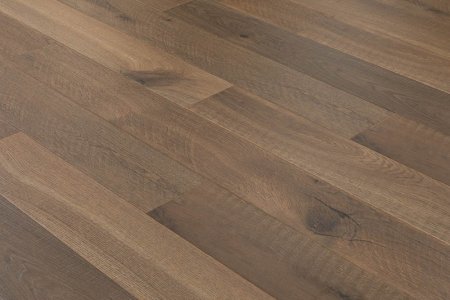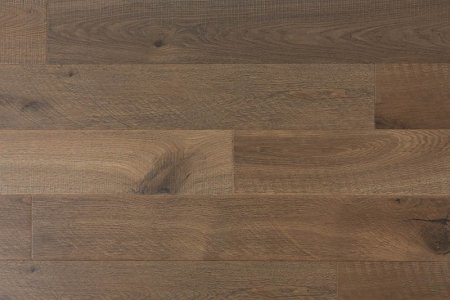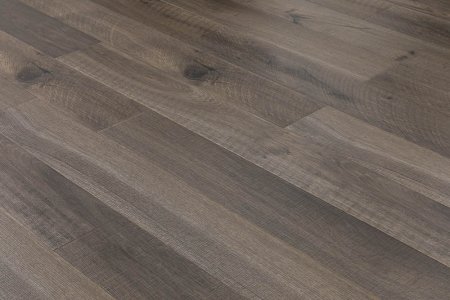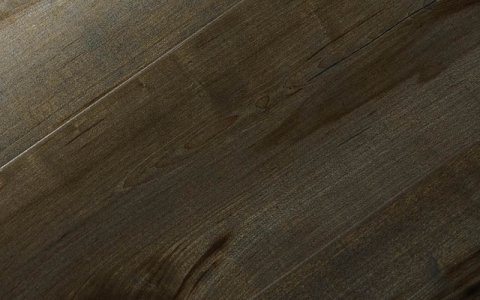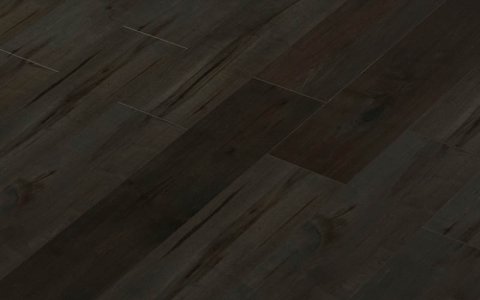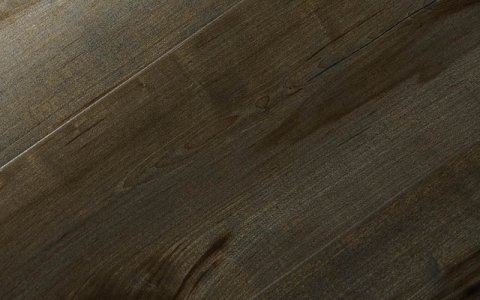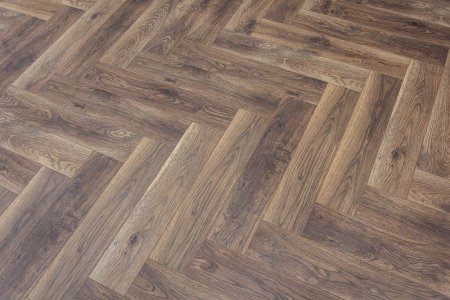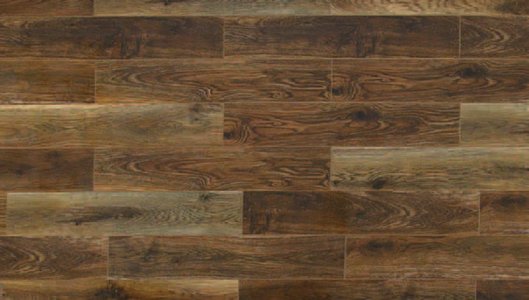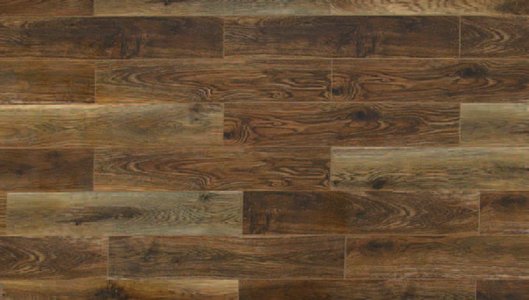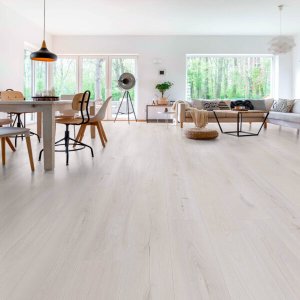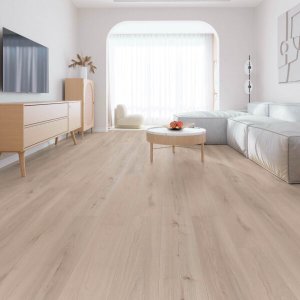Laminate Flooring
Laminate flooring has revolutionized home design, offering the perfect blend of aesthetics, durability, and affordability. In recent years, laminate flooring sales have seen a steady increase, with a 15% growth in the North American market alone. This surge in popularity isn't just a passing trend—it's a testament to laminate's ability to meet the diverse needs of modern homeowners.
Originally developed as a more affordable alternative to hardwood, laminate flooring has evolved into a sophisticated product in its own right. Today's laminate options boast impressive features that make them a top choice for both residential and commercial spaces. Whether you're renovating your living room, updating your bedroom, or giving your office a fresh look, laminate flooring offers a wide array of styles to suit your taste and budget.
At its core, laminate flooring is a multi-layer synthetic flooring product fused together through a lamination process. The top layer features a high-resolution photographic image of natural wood, stone, or tile, protected by a clear wear layer. This construction allows laminate to closely mimic the appearance of more expensive materials while offering superior durability and easier maintenance.
One of the most significant advantages of laminate flooring is its versatility. It can be installed in virtually any room of your home, from high-traffic areas like hallways and living rooms to more moisture-prone spaces like kitchens (with proper precautions). Laminate is also an excellent choice for those with allergies, as it doesn't harbor dust mites or other allergens like carpet can.
As environmental concerns grow, many laminate flooring manufacturers now offer eco-friendly options. These include products made with recycled materials, those sourced from sustainably managed forests, and options with low VOC emissions for better indoor air quality. By choosing laminate, you can create a beautiful home while also being mindful of your environmental impact.

